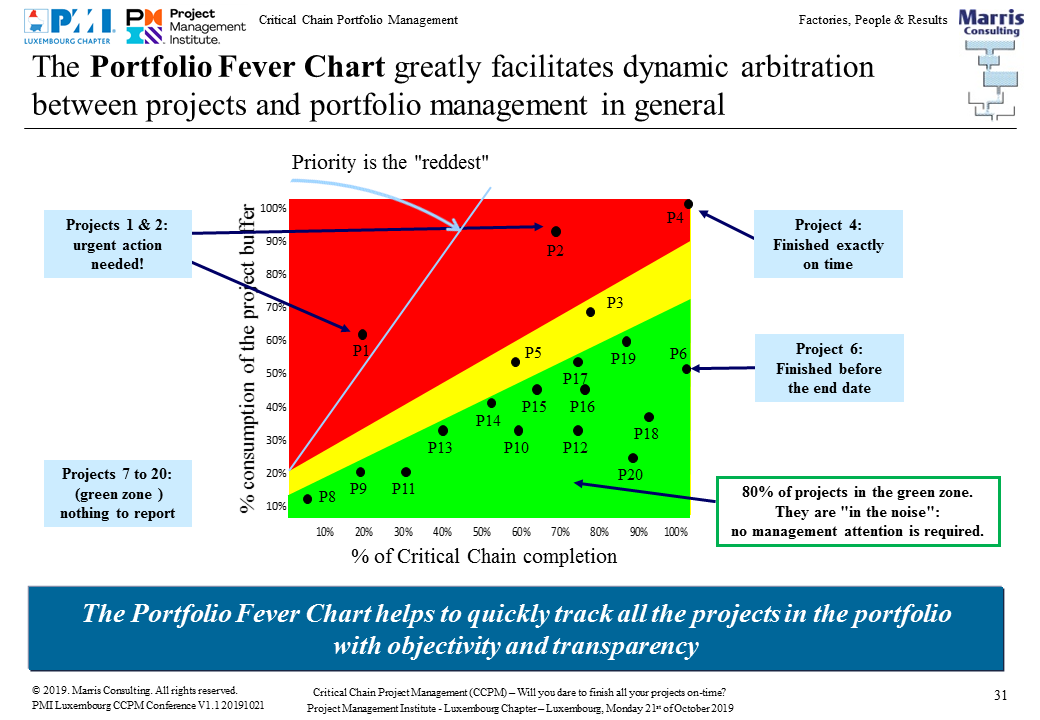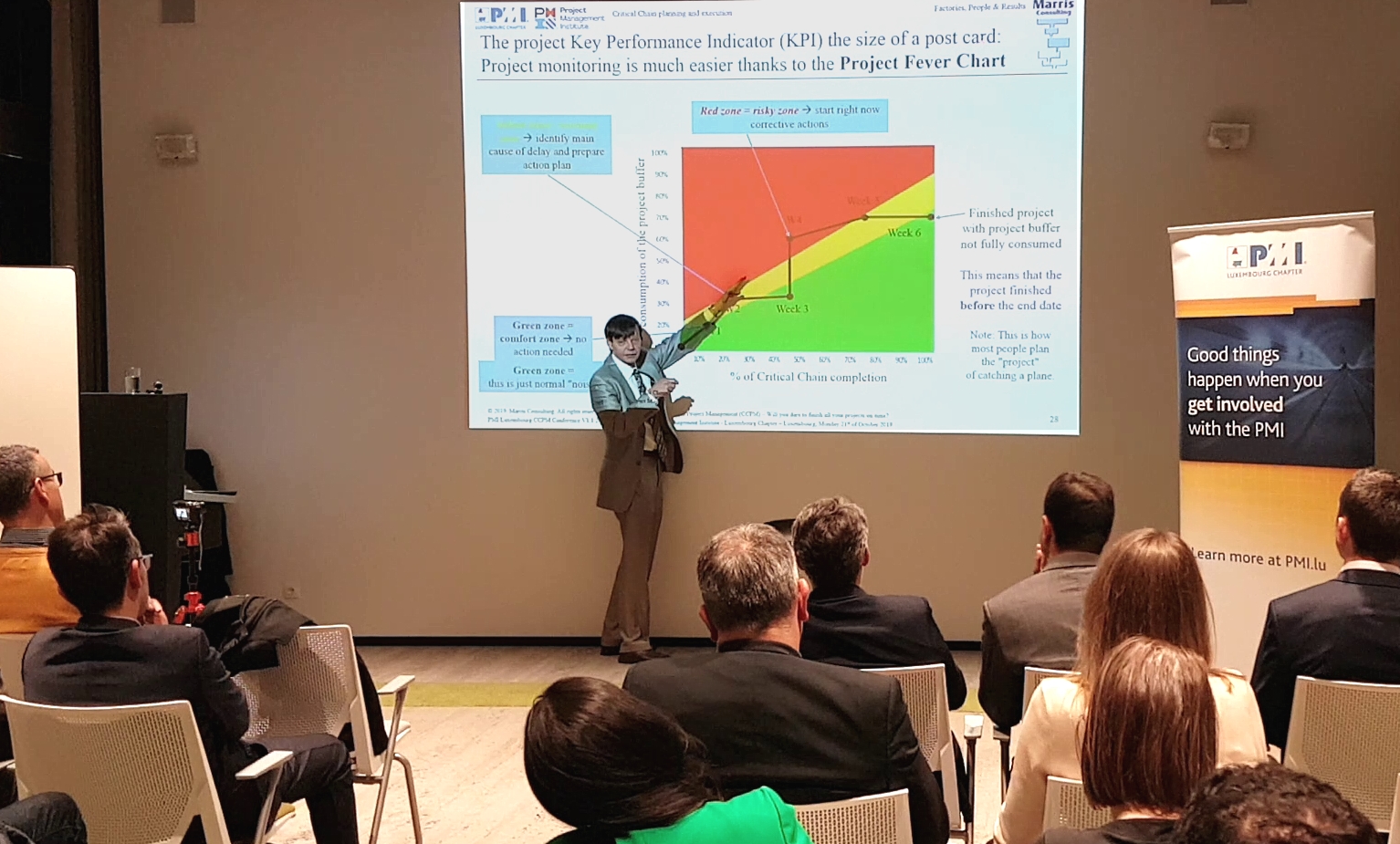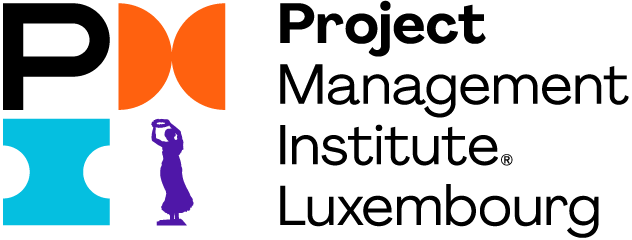Luxembourg, 21/10/2019
Imagine finishing all your projects on time or ahead of time. Imagine that you can manage your projects twice as fast and doubling the number of projects you do today in the same timeframe. Wouldn't that be nice? This sounds like a project miracle, but actually, it is what speaker Philip MARRIS, CEO of Marris Consulting and Critical Chain expert, discussed with the PMI Chapter members at the sold-out event hosted at the PMI Luxembourg Chapter’s first gold sponsor, Microsoft, in their funky premises in Clausen.
The path to this amazing project or portfolio manager’s dream is not a blue pill or some miraculous formula, but a simple decision that organizations can make to reach this result in a predictable timeframe.
This approach first appeared at the end of the 90s. Today it is used quite extensively throughout the world. Over 500 companies have implemented it including: Mazda, Siemens, Embraer, Procter & Gamble, Louis Vuitton, Safran, Boeing, Lilly and the United States armed forces. Critical Chain Project Management (CCPM) allows projects to be finished on time, within budget and without compromises on original specifications. Moreover, CCPM has shown that: it reduces project durations by over 40%; increases resource productivity and significantly improves the working environment.
- The Critical Chain is defined by the longest chain of dependencies between tasks, taking into account critical resources conflicts. But the “Critical Chain Way” is much more than this limited definition.
- CCPM can be used both for individual projects large or small or portfolios of projects.
- A different technique for estimating task durations is used (average/aggressive plus pessimistic).
- The project is protected from uncertainty and problems thanks to a project buffer (safeties are removed from individual tasks).
- Feeding buffers are inserted to protect the Critical Chain from delays on non-critical tasks.
- The “Fever Chart” is used to manage execution. It provides real time identification of task priorities.
- Multitasking, which is considered one of the main killers of performance, is minimized.
- The "Student syndrome" (to postpone until the last moment working on a task) is addressed.
Supported by several case studies, a glimpse of evidence of this project dreamland was unveiled. Demonstrating with a few real-life examples, Philip convinced the audience why including the use of practical tools such as the ever-important fever chart, but also a mascot that once was a big pink pig, makes total sense. Success stories using this Critical Chain approach include the spectacular project of the latest Embraer E190-E2 development, which was awarded Project of the Year by PMI earlier this month.


The discussion continued with many questions from the audience. It included the analysis of current bad habits affecting the organization and the execution of many tasks, the so-called Student Syndrome that affects every critical path, as well as the challenges and the benefits of this Critical Chain methodology.
The usual networking drink followed the presentation, and questions were still under discussion during more than one hour.
You can download the event's presentation slides here.
| Editor: Eloise LE VOT, PMI Luxembourg Chapter Director of Volunteers | Photos: (Courtesy) Philip MARRIS | |
|
For more information contact: Nassos KARAGEORGIADIS |
